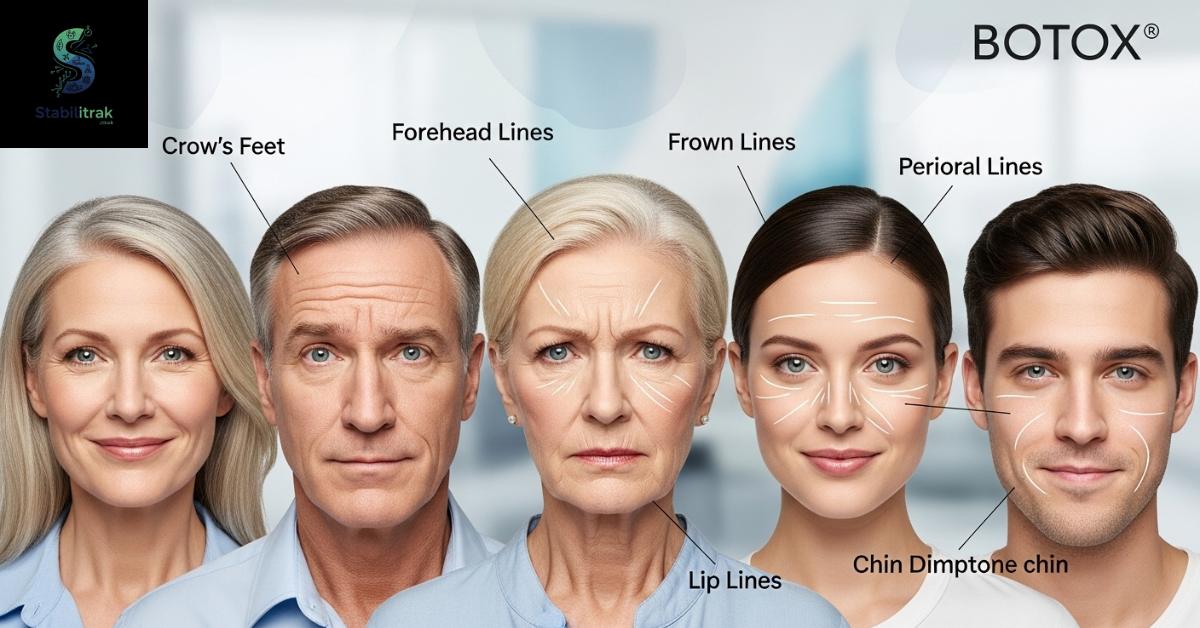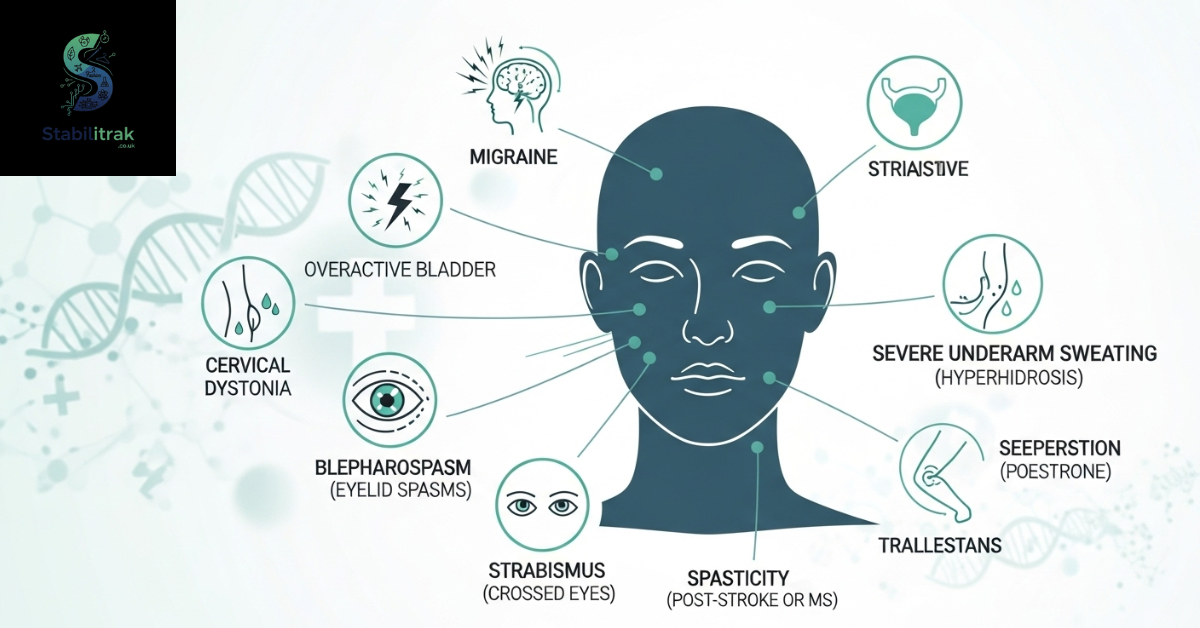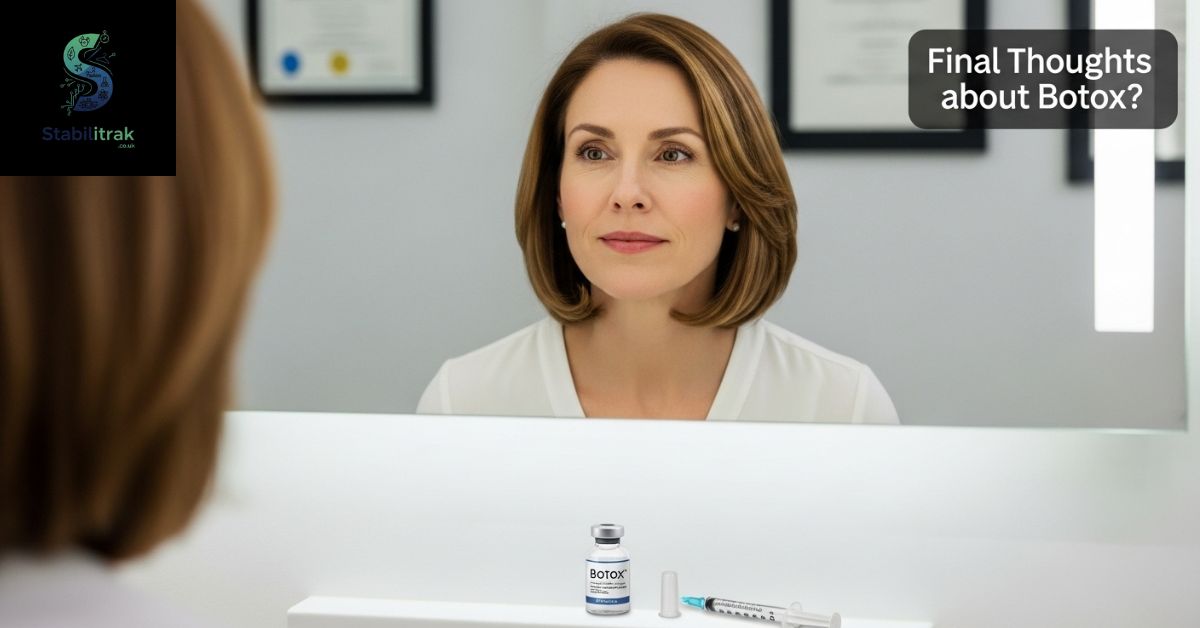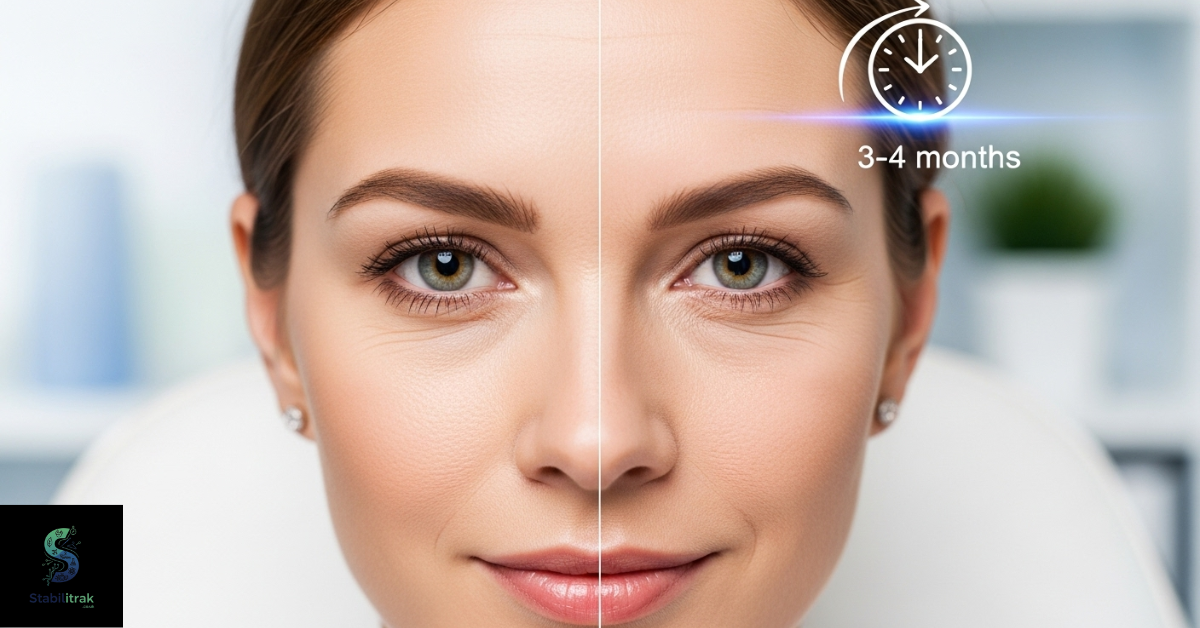Ever looked in the mirror and noticed new lines that weren’t there a few months ago? You start wondering if those creams are doing anything at all. Perhaps you’ve heard friends discuss Botox and how it has made them look fresher without altering their natural expressions. Now you’re curious if it could work for you, too.
In this post, we’ll break down everything you need to know about Botox, how it works, how long it lasts, and what to expect before and after treatment. Whether you’re new to cosmetic injectables or simply seeking to understand how to maximize the longevity of your results, this guide will help you make a confident and informed decision.
Overview
What is Botox®?
Botox is a purified form of botulinum toxin type A, a protein produced by the bacterium Clostridium botulinum. While the word “toxin” may sound alarming, the small, controlled doses used in cosmetic medicine are perfectly safe. Botox works by temporarily relaxing muscles that cause wrinkles, giving your skin a smoother, refreshed look.
Originally developed to treat medical conditions like eye muscle disorders, Botox became a household name after doctors noticed it also reduced facial lines. Today, it’s one of the most popular non-surgical cosmetic treatments in the world.
How does Botox work?
When injected into targeted muscles, Botox blocks nerve signals that cause muscle contractions. Without those contractions, wrinkles like frown lines, crow’s feet, and forehead creases soften and become less visible. The result isn’t instant, but within a few days, the treated area looks smoother and more relaxed.
Think of it as pressing “pause” on certain facial movements that create lines over time. Your expressions stay natural, just with fewer creases.
Read More Article: Why No Caffeine After PRP? Here’s What You Need to Know
What cosmetic conditions can be treated with Botox?

Botox is most commonly used for facial rejuvenation. It can effectively treat:
- Forehead lines
- Frown lines between the eyebrows (the “11s”)
- Crow’s feet around the eyes
- Bunny lines on the nose
- Neck bands
Some people even use small amounts around the mouth or jawline to soften lines or slim the face slightly. When done correctly, it looks subtle and natural, not frozen.
What medical conditions can be treated with Botox?

Beyond cosmetics, Botox is a powerful medical tool. Doctors use it to treat conditions such as:
- Chronic migraines
- Excessive sweating (hyperhidrosis)
- Muscle spasms and stiffness
- Overactive bladder
- Lazy eye (strabismus)
- Neck pain from cervical dystonia
Its ability to block nerve signals makes it useful for a variety of muscular and neurological disorders.
Can Botox help reduce pain?
Surprisingly, yes. Botox can help manage pain, especially for people with chronic migraines. It relaxes muscles and blocks pain-related nerve signals, which reduces both the intensity and frequency of headaches. Many patients report fewer migraine days each month after treatment.
What is Botox made of?
Botox contains purified botulinum toxin type A, combined with stabilizing proteins and saline. There’s no live bacteria in it, and the doses are far smaller than anything that could cause harm. When used by a qualified professional, it’s very safe and precisely controlled.
Is Botox safe?
Yes — when administered by a trained and licensed professional. Botox has been approved by the FDA for both cosmetic and medical use. Like any medical treatment, there are potential risks, but they’re minimal when performed correctly. Always choose an experienced injector who understands facial anatomy.
Treatment Details
How should I prepare for Botox?
Before your appointment, avoid alcohol and blood-thinning medications like aspirin or ibuprofen for a few days to reduce bruising. Clean skin is best, so skip makeup that day. It’s also helpful to discuss your medical history and expectations with your provider beforehand.
What should I expect during Botox treatment?
The procedure is quick — usually around 10 to 20 minutes. Your provider will clean the area, possibly apply a numbing cream, and use a fine needle to inject small amounts of Botox into specific muscles. You may feel a slight pinch or sting, but most people find it very tolerable.
There’s no downtime, so you can return to your normal activities right after.
What should I know about Botox aftercare?
After treatment, avoid rubbing or massaging the injected areas for 24 hours. Skip strenuous workouts, saunas, and lying flat for at least 4–6 hours. These precautions help prevent the product from spreading to unintended muscles.
Mild redness or swelling is normal and fades quickly. You’ll start noticing smoother skin within three to five days, with full results around two weeks.
How often should you get Botox?
Most people schedule touch-ups every three to four months to maintain results. Over time, some patients find they can wait longer between sessions as their muscles adapt. Regular maintenance helps keep your skin looking smooth and youthful year-round.
Risks / Benefits
Are there any Botox side effects?
Side effects from Botox are usually mild and temporary. Common ones include slight swelling, redness, or tenderness at the injection sites. Rarely, some people experience minor bruising or temporary drooping in nearby muscles, which resolves in a few days or weeks.
More serious complications are extremely rare, especially when the treatment is performed by a skilled injector.
Who should not get Botox injections?
People who are pregnant, breastfeeding, or have certain neurological disorders should avoid Botox. If you’re allergic to any of its ingredients or have an active skin infection in the treatment area, it’s best to wait. Always disclose your full medical history before scheduling treatment.
Recovery and Outlook
How long does it take for Botox to work?
You’ll start noticing smoother skin within a few days, but full results typically appear after about two weeks. The transformation is gradual and natural-looking, which is one reason people love it.
How long does Botox last?
Now, the big question about Botox is, How long does it last?
On average, results last three to four months, though this can vary from person to person. Factors like metabolism, dosage, and the area treated all play a role. For example:
- Forehead and crow’s feet: around 3 to 4 months
- Frown lines: 4 to 6 months for some people
- Jawline or neck: may last up to 6 months
If you’re new to Botox, results might fade a little faster at first. With consistent treatments, many people notice longer-lasting effects because the targeted muscles gradually weaken over time.
Tip: To make your Botox last longer, avoid excessive sun exposure, stay hydrated, don’t smoke, and maintain a good skincare routine.
Read More Article: Why Do I Bite My Tongue in Sleep?
Final Thoughts

Botox isn’t just about vanity; it’s about confidence. Whether you’re smoothing a few lines or preventing new ones from forming, it can help you look refreshed and well-rested without changing who you are.
If you’re considering it, consult a licensed professional who can assess your needs and guide you safely. When done right, Botox can be a subtle, effective way to enhance your natural beauty.
FAQs
1. What is Botox?
Botox is a purified protein that relaxes facial muscles to reduce wrinkles and fine lines. It’s one of the most popular non-surgical cosmetic treatments for a smoother, younger look.
2. How long does Botox take to work?
Most people start noticing results within 3 to 5 days after treatment, with full effects appearing around two weeks. The timing can vary slightly depending on your metabolism and the treated area.
3. Botox, how long does it last for the forehead?
Forehead Botox usually lasts about 3 to 4 months. Some people may see results lasting a bit longer with consistent treatments and good skincare habits.
4. How long does Botox last around the eyes?
Botox around the eyes, such as for crow’s feet, typically lasts 3 to 4 months. Regular maintenance helps keep the area smooth and refreshed.
5. Botox: How long does it last before and after?
Before treatment, wrinkles are visible when you move your face. After Botox, those lines relax and soften for about 3 to 4 months, depending on the dose and your muscle activity.
6. Botox cost
The cost of Botox varies based on your location, provider, and how many units you need. On average, you can expect to pay between $10 and $20 per unit.
7. Hair Botox: How long does it last?
Hair Botox treatments last about 2 to 4 months. They help smooth and nourish hair, making it shinier, softer, and easier to manage.
8. Botox before and after
Before Botox, wrinkles may be noticeable even at rest. After treatment, the skin looks smoother and more relaxed while maintaining natural facial movement.

